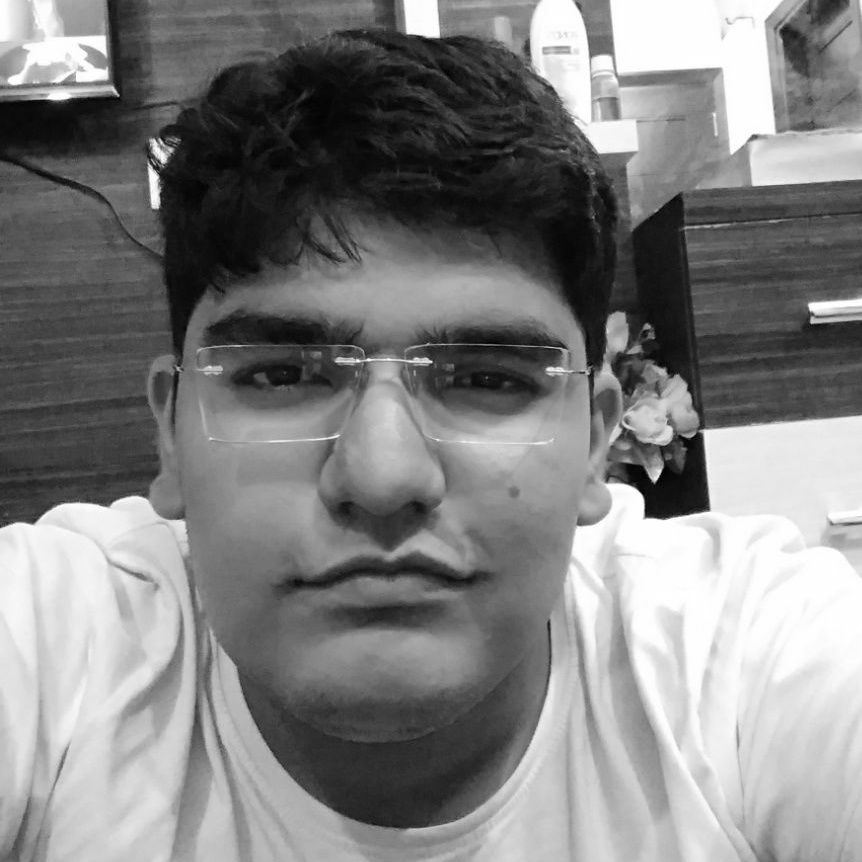
Lakshaya Grover: I am a history enthusiast, on my way to become a lawyer. The enamouring world of the past seems intractably intriguing to me, and I spend my days exploring it. I read a lot. I think a lot.
Editor's note: Lakshaya has written this account of his family at my request. This account is based on what he has heard from his older family members.
My great-grandparents. Lyallpur, Punjab, Undivided British India
Lajwanti had been in the throes of emotion for the past few days. She was certainly not one to lose it all and cry, and yet, her life had already made its first tryst with utter despair. The family she had so assiduously built was lying in shambles. Everything had been so phenomenal, so miraculous. She had given her husband Tarachand, Tara, as she called him, a reason to rejoice. She was able to fight fate and occult powers, she had broken the curse laid upon her ‘Tara', she had defied the prophesies of pundits and maulvis alike.
Lajwanti, the hero of this story, the protagonist who could not survive the suffering inflicted upon her by chance, as if God was playing dice with her life, and the lives of millions of people like her, who were about to become refugees, or were going to be slaughtered en masse. A flurry of memories floods my brain as I write this, trying to make a cohesive story by stitching together dispersed anecdotes passed on to me by my late grandfather, who survived India's Partition in 1947, and lived to divulge the ghastly intricacies hackneyed catastrophe.